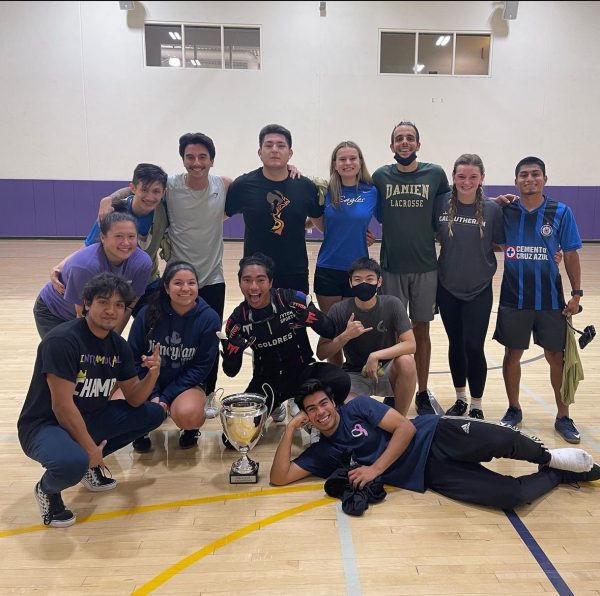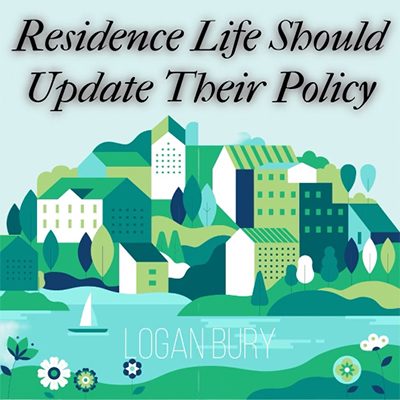The Struggle of Eating on Campus with a Diet
September 17, 2019
An article by USA Today states that, according to a 2011 study from the National Institute of Allergy and Infectious Diseases, almost one in 25 adults have at least one food allergy.
Welcome to the struggle of every college student with dietary restrictions that attends a college with few food selections.
I am lactose intolerant, and the dining options on campus are limited and do not accommodate my dietary restriction as well as they should.
Here at California Lutheran University, there are not enough options available on campus to satisfy students with dietary restrictions. We are limited to either eating what is available despite our diets or allergies, or going off campus to find a meal shaped to our restrictions. But that is a waste of time, gas and money.
These limitations on food produced on campus are not enough for a new generation of vegans, pescatarians, vegetarians and those with food allergies.
According to an article published by Fresh U, written by Harjot Gill, “there is not only one type of vegetarian. Some include the consumption of dairy, eggs, fish or a combination. In my eyes, however, being a vegetarian is not black and white, but a spectrum.”
Gill described coming from an East Indian vegetarian family and the difficulties he had when he arrived at a university where there were hardly any accommodations to meet his diet. As he goes on to mention in his article, the spectrum in dietary restrictions among everyone is different. He said this could be the reason why it is difficult for colleges to be inclusive to all diets.
“The only thing was, there would always be three to four times more non-vegetarian options. The thing about this is that non-vegetarians can eat vegetarian food, but not vice versa,” Gill said.
Sydney Steinberg, a first-year resident at Cal Lutheran who eats a pescatarian diet, described her new-found struggle of having to examine her meal options before even stepping into Ullman Commons for lunch.
“They [Ullman Commons] definitely make an effort to meet the restrictions, but a lot of the time for example, the pasta stations with the red sauce will have meat, or sometimes the white sauce will have meat or sometimes both might have meat,” Steinberg said. “You have to read this tiny sign and it is usually very busy, so it is hard to tell what is good to eat.”
Steinberg said minor changes to Ullman Commons such as making sure the signs match the food that is being shown, as well as making the font size on the menus larger, could make decision making less of a hassle.
Another solution could be providing a simple questionnaire to students and faculty at the beginning of the school year that focuses on dietary restrictions. This could give a better understanding to food establishments on campus of the kinds of food they should offer that school year.










